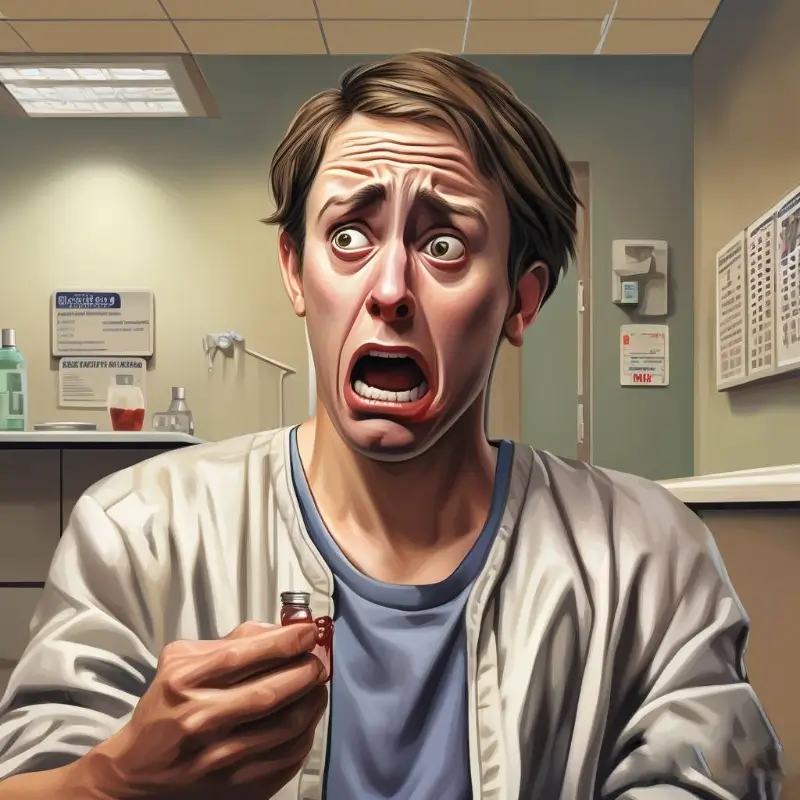why some people faint when they see blood?
Fainting when seeing blood, or more generally, experiencing a vasovagal response to certain triggers, is a common phenomenon known as blood-injury phobia, syncope, or vasovagal syncope. This involuntary reflex is triggered by a sudden drop in blood pressure and heart rate, often in response to witnessing or experiencing a traumatic or stressful event, such as seeing blood or needles.
Here’s how it works:
- Visceral Stimuli: The sight of blood or injury can stimulate the vagus nerve, which is part of the parasympathetic nervous system. This system controls bodily functions when at rest, including lowering the heart rate and dilating blood vessels.
- Overreaction of the Vagus Nerve: The vagus nerve sends signals to the brain that initiate a chain of events, including slowing the heart rate and relaxing blood vessels. This leads to a drop in blood pressure.
- Brain Blood Flow Reduction: The dilation of blood vessels causes blood to pool in the legs and abdomen, reducing blood flow to the brain. The brain requires a steady supply of oxygen-rich blood, and any significant reduction can cause temporary loss of consciousness.
- Evolutionary Theory: Some experts suggest that this response may have an evolutionary basis, serving as a protective mechanism that allowed our ancestors to “faint” in response to perceived threats, thereby appearing dead or less threatening to predators.
It’s important to note that not everyone who sees blood faints, and the severity of the response can vary greatly from person to person. Factors like genetics, previous experiences, anxiety, and individual sensitivity can all play a role. If frequent or severe enough, this condition can be treated with therapy or other medical interventions to help individuals manage their responses more effectively.



